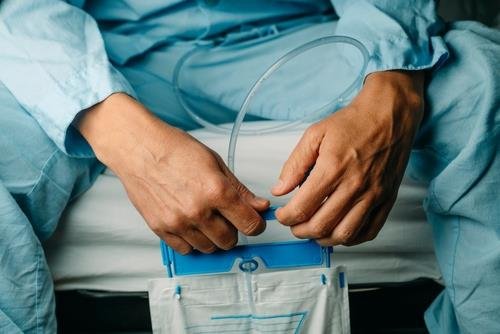For many men managing certain medical conditions, the use of catheters is an integral component of their daily health routine. Catheterisation plays a critical role in various medical scenarios, such as urinary incontinence, urinary retention, postoperative recovery, and more. The selection of the right catheters for men is paramount to not only ensure efficiency and minimise discomfort but also to decrease the risk of infections and other complications.
Understanding the Different Types of Catheters
Before delving into the criteria for choosing a suitable catheter, it’s important to understand that there are several types of catheters available for men. These include intermittent catheters, indwelling catheters, and external (condom) catheters. Each type is designed for specific conditions and usage frequencies, and the selection process should weigh these factors heavily.
Intermittent Catheters
Intermittent catheters are typically used when the need for catheterisation is temporary or periodic throughout the day. They are inserted into the urethra to drain the bladder and then removed. Due to their occasional use, these catheters are designed for easy insertion and removal and must be hygienic to prevent urinary tract infections (UTIs).
Indwelling Catheters
Also known as Foley catheters, these are used for long-term catheterisation. They are left in place for an extended period, with a balloon at one end that’s inflated to prevent the catheter from slipping out of the bladder. Men requiring constant draining of the bladder due to chronic conditions commonly use indwelling catheters.
External Catheters
External catheters resemble a condom and fit over the penis. These are non-invasive and ideal for men with urinary incontinence but who have unobstructed urine flow. The catheter channels urine into a drainage bag, and it must be changed daily to maintain hygiene.
Factors to Consider When Selecting Catheters for Men
When choosing the right type of catheter, several factors need to be considered to ensure optimal comfort, safety, and convenience. Men and their healthcare providers should discuss the following aspects:
Material
Catheters are made of various materials, including silicone, latex, and PVC. Silicone catheters are hypoallergenic and suitable for those with latex allergies, while latex catheters are flexible and provide a comfortable fit for some users. The choice of material can impact the user’s comfort level and potential allergic reactions.
Size
Size is another essential factor, as using a catheter that’s too large or small can cause discomfort or injury to the urethra. Catheter sizes are measured in Charrière (Ch), where one Ch corresponds to 1/3 mm in diameter. Healthcare providers typically recommend the smallest size that allows for efficient drainage to minimise discomfort.
Length
The length of the catheter is an important consideration. For men, longer catheters are generally necessary, and it’s crucial to choose a length that ensures the drainage end reaches the bladder effectively. An improperly sized catheter can lead to inadequate draining or difficulty with insertion.
Tip Configuration
Catheters come with different tip designs, such as straight or coudé (curved) tips. Each is suited for specific conditions; for instance, a coudé tip may be needed for a patient with an enlarged prostate or urethral strictures to navigate around obstructions within the urethra. The tip configuration can greatly affect the ease of insertion and comfort.
Sterility and Lubrication
Using sterile catheters is crucial to reducing the risk of infections. Some catheters come pre-lubricated, which can make insertion more comfortable and reduce the risk of trauma to the urethral lining. Patients must ensure proper hygiene and follow instructions closely when self-catheterizing.
Frequency of Use
The frequency at which a catheter will be used also plays a role in product selection. For frequent catheterisation, it may be preferable to choose a product that is specifically designed for easy and comfortable repeated entry. Conversely, long-term solutions might prioritise stability within the bladder.
Finally, personal preference and lifestyle will also influence the final selection of a catheter. For active individuals, catheters that allow for greater mobility and discretion may be preferable, while others might prioritise ease of use and minimal maintenance.
Choosing the Right Supplier
Selecting a reputable supplier or medical device company is just as important as the catheter itself. Companies that specialise in medical supplies, such as Medisa, provide a range of high-quality catheters designed to meet various needs.
Medisa offers a range of catheters for men, including the Coloplast Self-Cath Intermittent Catheter for males, which provides a straight tip design that ensures easy and safe insertion.
Conclusion
Selecting the right catheter is a nuanced process that requires careful consideration of various factors. Men should consult with healthcare professionals to tailor their selection based on their specific medical conditions, anatomy, and lifestyles. With the right guidance and high-quality products like those offered by Medisa, men can manage their health conditions efficiently and with dignity. Remember, comfort, safety, and sterility should always be at the forefront when choosing catheters for men.



